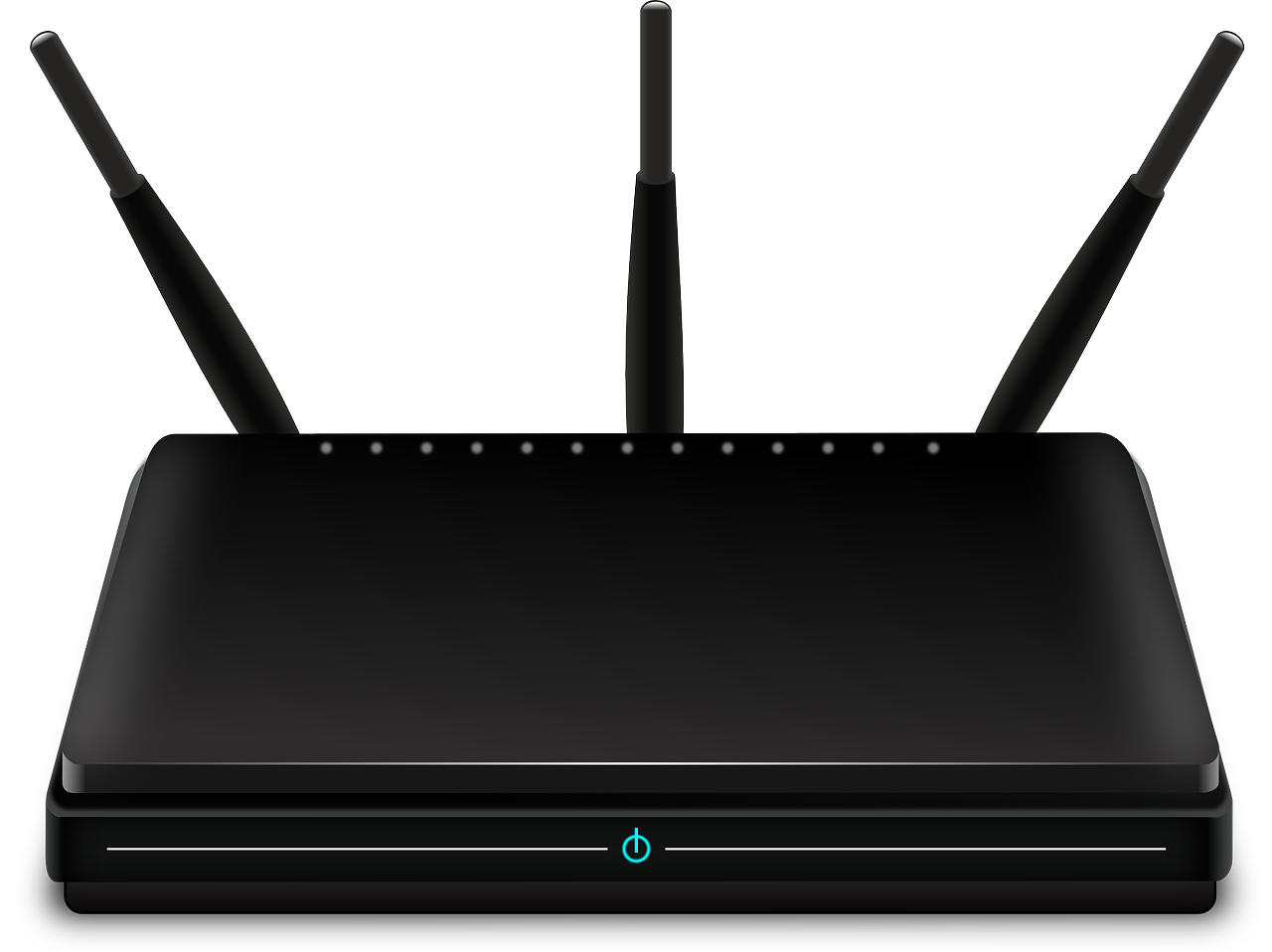Tech
Here is What you Need to Know About CNC Router

CNC router, (computer numerical control router) is a system-engineered cutting device. It is somewhat comparable to the hand-held router. The hand-held router is generally used for cutting strong materials.
The materials include glass, aluminum, plastic, foams, and wood. These CNC routers perform tasks of many carpentry devices. Devices such as the boring machine, spindle mouser, and the panel saw. One can use CNC routers for cutting tenors and mortises.
What Is a CNC Router Similar To?
This router has a similar concept to that of a CNC milling machine. The CNC router allows one to control the tool path using a computer, rather than routing by hand. When it comes to CNC variants, the CNC router is one of many routers with such properties.
CNC routers can carry out high-quality work at a very consistent rate. This increases the productivity of a factory. The CNC router, unlike the regular router, can produce repeated and identical products. as effective as a single one. CNC router provides its users with precision and automation. To learn more, read this guide detailing CNC router pricing.
What Are Some Advantages of CNC Routers?
Another advantage of using a CNC router is its ability to reduce the frequency of errors. It reduces waste and time needed to finish a product
A CNC router is useful for the production of many different items. Items such as exterior/ interior decorations, furniture, and musical instruments. Additionally, The CNC router can help in thermoforming plastics. It does this by automating the process of trimming. CNC routers provide quality factory output and part repeatability.
How to Use a CNC Router
The type of CNC router you have determines the process you have to take to get the router running. You may have to upload a file or picture into software for drawing (CAD).
Do this before converting it to vectors. Once you upload and convert, you can select the tool path and tool you desire the machine to create. At this point, you have full control over the system.
First Step
First, you are to select the tool you want to use, either the .75 inch core box bit or a .25 inch v-bit. At this point, you have a lot of control over the system. It is at this point that you the option of choosing the cut depth as well as the speed of the CNC router.
Next Step
Once you have selected your tool, you will need to also select your desired tool path. In some cases, you can decide to cut within the vectors, cut outside the vectors, or trace the vectors. This is dependent on what the mechanist desires.
Third Step
Once the tool path selected, upload the vector into the CNC router (G-code software). Doing this allows the vectors to convert to a G-code script. The G-code contains coordinates for Z, Y, and X, which represent the entire axis. Once the vectors are converted, you will need to determine the center of the part. Load the part into the table and secure it with tapes or clamps. The part must remain still during the cutting process).
Final Step
After securing the part on the table, you will need to place the CNC router bit above the marked center point. Once it is well aligned, jog down the machine till the router bit is facing the part (ensure you do not dig into the part). When you have completed this step, the point will mark your absolute zero (start point).
This step creates a starting point for the router. The starting point has been set, jog up the machine a few inches before you start. Once you finish with the center part, click on the run G-code option. This allows the router to cut out your desired design.
Tech
How iAsk Visual Search Captures and Delivers Detailed Insights from the World You See

Byline: Shem Albert
There are moments when the world around you sparks curiosity, yet you do not even know the word for what you are seeing. You describe it in painstaking detail, type and retype, scroll through search results, hoping something matches. Minutes pass, sometimes longer, just to uncover a simple answer. That experience of encountering something unfamiliar and struggling to put it into words is all too common, yet often goes unnoticed. With a single photo, however, everything changes. iAsk Visual Search bridges that gap. Suddenly, the mystery becomes an opportunity to learn, experiment, or act in the moment.
Turning Discovery into Action
Using iAsk Visual Search is simple, yet the possibilities it opens up are immediate. You open the app and snap a photo of the object, diagram, or scene that has caught your attention. Instantly, the app identifies what it sees and provides context, turning a moment of curiosity into a starting point for exploration. From there, you can ask follow-up questions to dig deeper, consider alternatives, or uncover how something works in practical terms.
This goes far beyond basic identification. Where traditional image recognition might simply name an object or offer a brief description, iAsk lets you continue the conversation. It remembers the image, so you can explore multiple layers of information without starting over. What begins as a single observation quickly expands into actionable insights you can apply immediately.
Real-World Applications in Everyday Life
The real test of significance for iAsk Visual Search is how it is used in a user’s everyday life. Novice cooks and experienced chefs can rely on it to identify an unfamiliar ingredient and ask follow-up questions, such as preparation tips, cooking methods, or possible substitutions. Users can experiment with complementary flavors or adapt recipes based on what is available in their pantry, reducing hesitation and encouraging culinary creativity.
A quick snapshot of a street sign, menu, or product label in a foreign language is another way iAsk Visual Search supports everyday tasks. Users can ask follow-up questions to clarify translations, understand cultural context, or receive practical guidance. This enables individuals to navigate unfamiliar environments with confidence and ease.
These examples illustrate how iAsk Visual Search can become a versatile companion in daily life. It can serve as a travel guide, a study aid, or a creative assistant. Artists, crafters, and curious hobbyists can explore materials, techniques, or designs with guidance that is immediate and interactive. Each interaction transforms curiosity into tangible results, empowering users to act on the knowledge they gain instantly.
A Tool That Stands Apart
iAsk Visual Search stands out for its interactive, context-sensitive design. Users can maintain an ongoing dialogue with the app, exploring details without losing sight of the original image. This makes it possible to investigate complex subjects and adapt the information to specific tasks.
Privacy and accessibility are central to the experience. Images are not stored, personal data is not tracked, and there are no ads to interrupt the workflow. The app is available across multiple platforms without subscription barriers, making it accessible to students, parents, hobbyists, and professionals alike.
Curiosity Translated into Results
iAsk Visual Search turns a simple photo into an understanding you can act on. Whether it’s decoding a diagram, identifying an object, or untangling a confusing concept, a snapshot instantly delivers context, explanations, and next steps. It doesn’t just show you — it teaches you, guiding each discovery into something useful.
Every question becomes a chance to learn, explore, or create. From the kitchen to the classroom, the trailhead to the studio, iAsk makes the world clearer and curiosity immediately productive.
Snap. Ask. Learn. Then act. The answers are there. All you need to do is iAsk.
-

 Tech5 years ago
Tech5 years agoEffuel Reviews (2021) – Effuel ECO OBD2 Saves Fuel, and Reduce Gas Cost? Effuel Customer Reviews
-

 Tech6 years ago
Tech6 years agoBosch Power Tools India Launches ‘Cordless Matlab Bosch’ Campaign to Demonstrate the Power of Cordless
-

 Lifestyle6 years ago
Lifestyle6 years agoCatholic Cases App brings Church’s Moral Teachings to Androids and iPhones
-

 Lifestyle5 years ago
Lifestyle5 years agoEast Side Hype x Billionaire Boys Club. Hottest New Streetwear Releases in Utah.
-

 Tech7 years ago
Tech7 years agoCloud Buyers & Investors to Profit in the Future
-

 Lifestyle5 years ago
Lifestyle5 years agoThe Midas of Cosmetic Dermatology: Dr. Simon Ourian
-

 Health7 years ago
Health7 years agoCBDistillery Review: Is it a scam?
-

 Entertainment6 years ago
Entertainment6 years agoAvengers Endgame now Available on 123Movies for Download & Streaming for Free
